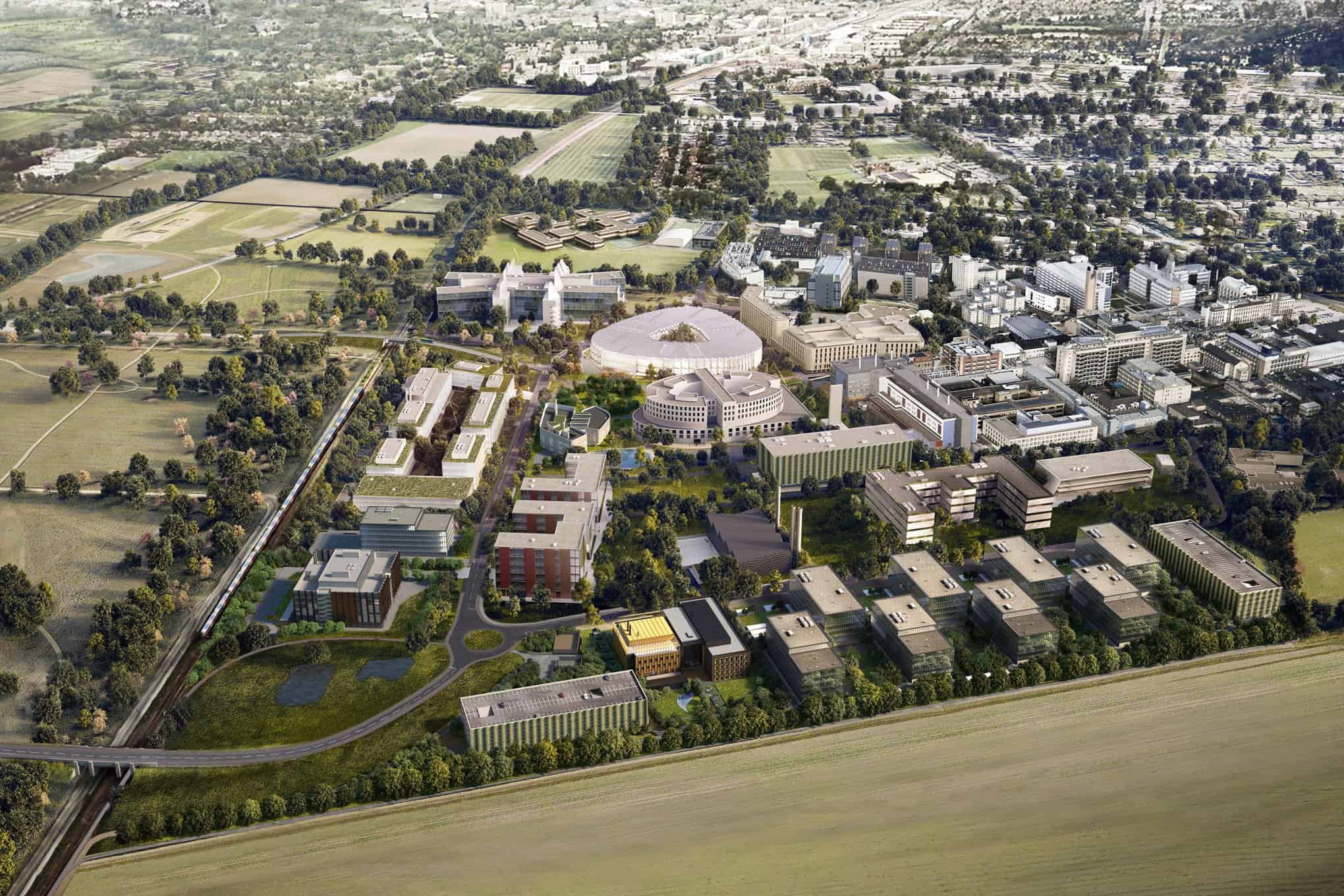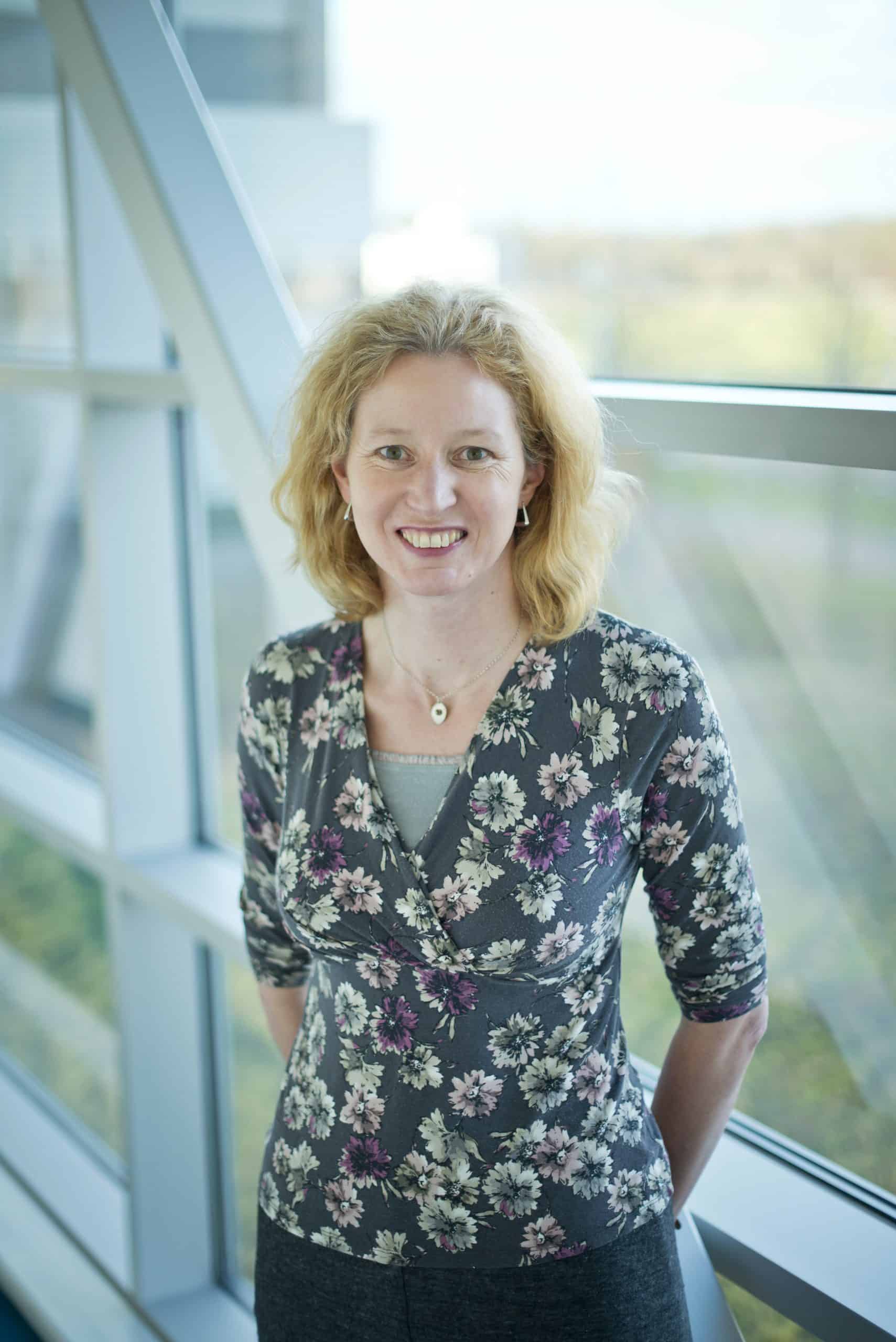
In major construction projects, like drug development, things don’t always run to plan. That’s what AstraZeneca has learnt with the building of its new global headquarters in Cambridge, England.
The complex was originally due to be finished in the third quarter of 2017, but has been hit by repeated delays. In August AstraZeneca revised its plans again, saying it now expects to start occupying the building in 2020.
The cost of the project has also risen sharply from an original estimate of £330m to £500m, with the pharma company dropping original construction firm Skanska, and hiring Mace to finish off the construction.
Despite the frustration of these delays, a new HQ – and a new AstraZeneca – are emerging.
Regardless, the company hasn’t been waiting for the HQ to be completed to rebuild its business; CEO since 2012, Pascal Soriot is leading the company in renewing its place among the industry’s top innovators.
Proof of that came earlier this year, when IDEA Pharm published its Pharmaceutical Innovation Index 2018. This shows AstraZeneca at the top of the table, having leapt up from 15th spot the previous year. That was down to an impressive set-up, launches and regulatory milestones over the previous 12 months. AstraZeneca launched five significant new medicines in 2017: immunotherapy Iminzi, Calquence for mantle cell lymphoma, Qtern in type 2 diabetes, Bevespi Aerosphere in COPD and Fasenra for severe asthma.
Two of these five new launches received accelerated approval, confirming their innovative status, plus the firm also clocked up 14 other regulatory approvals across indication expan- sion and LCM projects in major markets.
Lastly, AZ has also gained three Breakthrough Therapy Designations (including two Orphan Drug Designations) and six additional Priority Review Designations.
All of these new drugs are helping the company overcome the decline of its cholesterol drug Crestor. Its sales peaked at a $6bn balance sheet entry before patent expiry in 2016, and the company expects to banish the after-effects of this and return to overall growth by the end of 2018.
Open-minded culture
Like the new HQ’s construction, there have been setbacks – such as the setback to its Imfinzi+tremelimumab immunotherapy combination in the MYSTIC lung cancer trial last year – but the company has managed to ride these out and deliver some major wins across its portfolio. That’s why there is palpable excitement in the company about its new state-of-the-art HQ, and its promise to encourage broader and deeper research collaborations and cross-functional working.
The bold circular structure is part of the Cambridge Biomedical Campus, which brings together a host of world-class academic institutions and pharma and biotech companies. Cambridge represents one corner of England’s larger ‘Golden Triangle’, which includes Oxford and London, and which is unquestionably Europe’s most important life sciences region.
The emerging campus will cover over 170 acres to the south of the city and its world- famous university colleges and generates a significant element of the city’s £2.9bn life sciences contribution to the British economy.
AstraZeneca’s global HQ and Research & Development Centre will house approximately 2,000 employees, and has been designed specifically to encourage interdisciplinary working with scientists engaged on small molecules, large molecules and biologics housed under the same roof.
Once construction has been completed, the new HQ will unite its staff, currently in separate office and lab facilities across Cambridge. “This physical environment gives us an opportunity to work in a different way,” said Jane Osbourn, the company’s site lead and vice-president for research and development at MedImmune, its biologics arm. “The building is designed to be the scientific hub of the campus. We describe
it as porous. It is made of glass so you can see what is going on – it is science on display.”

Jane Osbourn, AZ’s site lead
The new HQ is specifically designed to foster an open, collaborative culture. An open courtyard and cafe will be accessible to anyone who wants to come and talk to AZ’s scientists. A teaching lab will be created to encourage outreach and will help visiting students learn about the firm’s cutting-edge science.
“We have also changed our cultural approach, say from ten years ago in pharma when it was a directive collaboration model, to where we are really trying to look at ways of creating genuine synergistic collaborations that add value and interest on both sides,” added Osbourn.
Its willingness to break the mould is evidenced by establishing project laboratories that run across lines and pitch functions and processes together for experimental discovery. “The key is to be open-minded and ensure there are lots of areas where people in the building will mix in different ways. It will be a really interesting environment to work in,” Jane said.
Scientists from the UK’s Medical Research Council Laboratory of Molecular Biology – which pioneered the sequencing of DNA – are already working with AstraZeneca counterparts and they will have places in the new building as part of the goal of fusing the scientific intelligence and knowledge available across the city, which has had associations with 50 Nobel Laureates in chemistry and physiology over the last century.
The broader vision for Cambridge is to concentrate experts and leading minds from all disciplines into a world-class innovation ecosystem where exchanging ideas becomes routine and boosts its biomedical innovation output. This would help the city rival its namesake across the Atlantic, the Cambridge/ Boston, Massachusetts cluster that is now the undisputed world leader in life sciences.
The park is also home to the Cancer Research UK Institute, a £160m hospital due to open next Spring, outposts of Microsoft, Google, Abcam and ARM, and is also just a short bike ride away from questing minds at Cambridge University.
“We have already ramped up how we do collaborations and partnerships and it has been incredibly successful,” adds Osbourn. “MRC scientists are welcome to work in the building and our oncology staff are working in the CRUK Institute. We want to be open and share ideas. We will have a lot of state- of-the-art equipment in the building and we are looking at creative ways of driving collaboration for benefit across the campus.”
There is also an opportunity to work with the NHS, and Osbourn says the company will search for ways of mutual support
and to drive innovation in the NHS.
Blockbuster bumps
AstraZeneca has endured some bumpy times as its blockbusters have declined sharply in recent years, but its stock has been rising and revenues in its oncology division grew by 42% in the first half of this year, with chief executive Pascal Soriot claiming the company was ‘firmly on track’ to return to product sales growth this year.
“There is a real excitement about how we can work and what we can achieve here,” said Osbourn, who graduated from Cambridge in biochemistry and has lived in the city for 27 years. “Co-locating scientists who work on chemistry and small molecule drug development with scientists who work on biologics, large molecules and protein based therapeutics, in lab-based environments for the first time is a way of driving different forms of collaboration.
“It creates more opportunity to think innovatively about how we can develop medicines in combinations and how we can use crossover techniques from the chemistry and biology to drive better scientific understanding.
“Having that late-stage commercial and clinical expertise co-located also helps drive better understanding about how to deliver benefits to patients and how to use our insights on patient experiences to feedback into early discovery.”
AstraZeneca’s direction is shifting away from single product development to a more holistic view of understanding the science and mechanics of disease and translating that into delivering benefits for patients, she says. It is also hoping that cross- fertilisation with other companies, institutes and researchers will create novel routes to discovery.
Navigating the Brexit storm
“The benefits of collaborations that drive serendipitous interactions will be more innovative than in a traditionally structured company. That spirit of openness and sharing intellectual property will grow over a number of years,” added Osbourn.
As a UK-headquartered pharma company, it also has the minefield of Brexit to navigate. Nevertheless, Osbourn said it is encouraged by the government’s commitment to an industrial strategy that safeguards life sciences.
A recent report, commissioned by AstraZeneca, revealed that the Cambridge cluster, which now has 430 life sciences firms, could
generate a further £1bn a year to the British economy if its growth and collaborative ethos continues to thrive over the next decade.
As the building moves from artists’ impressions to structural reality, AstraZeneca will be hoping its ‘open house’ HQ will be a beacon of an energised company and justify the hope invested in its high-tech designer surroundings.




